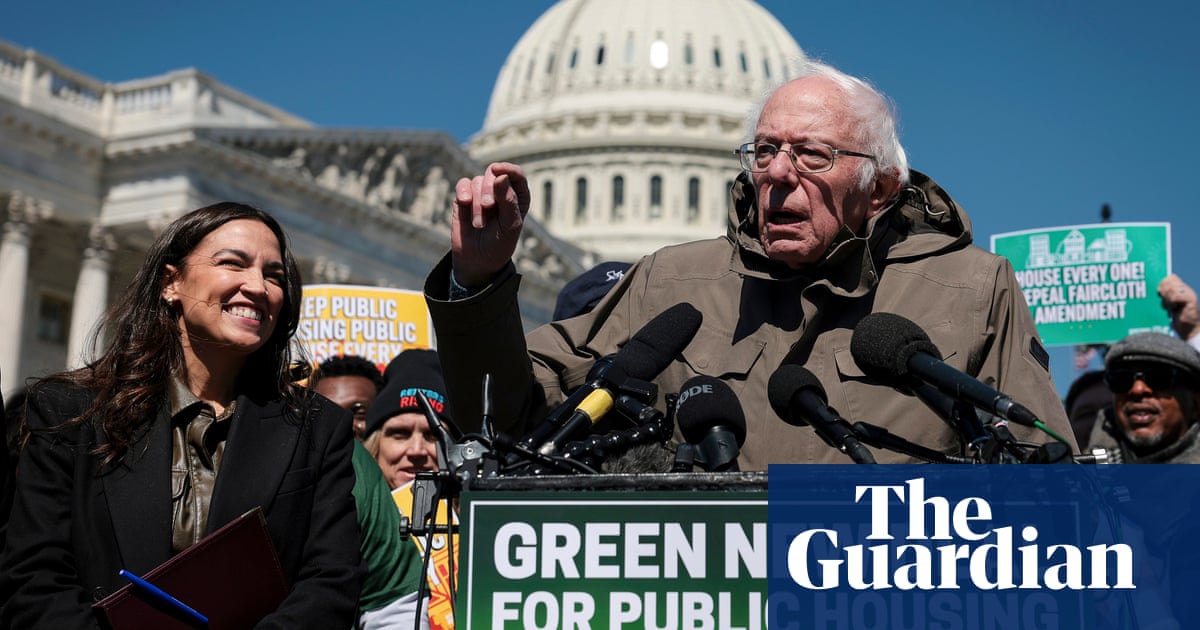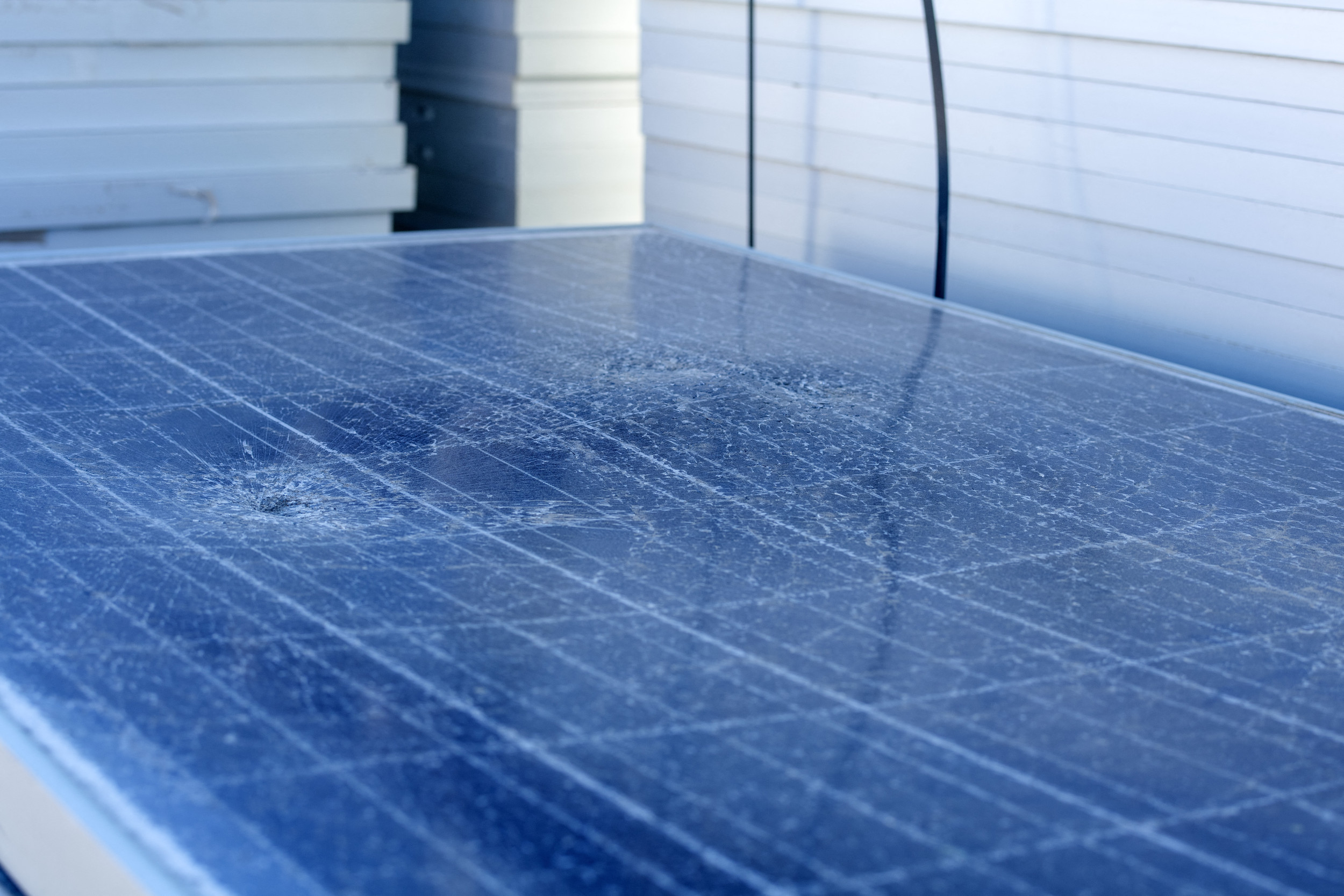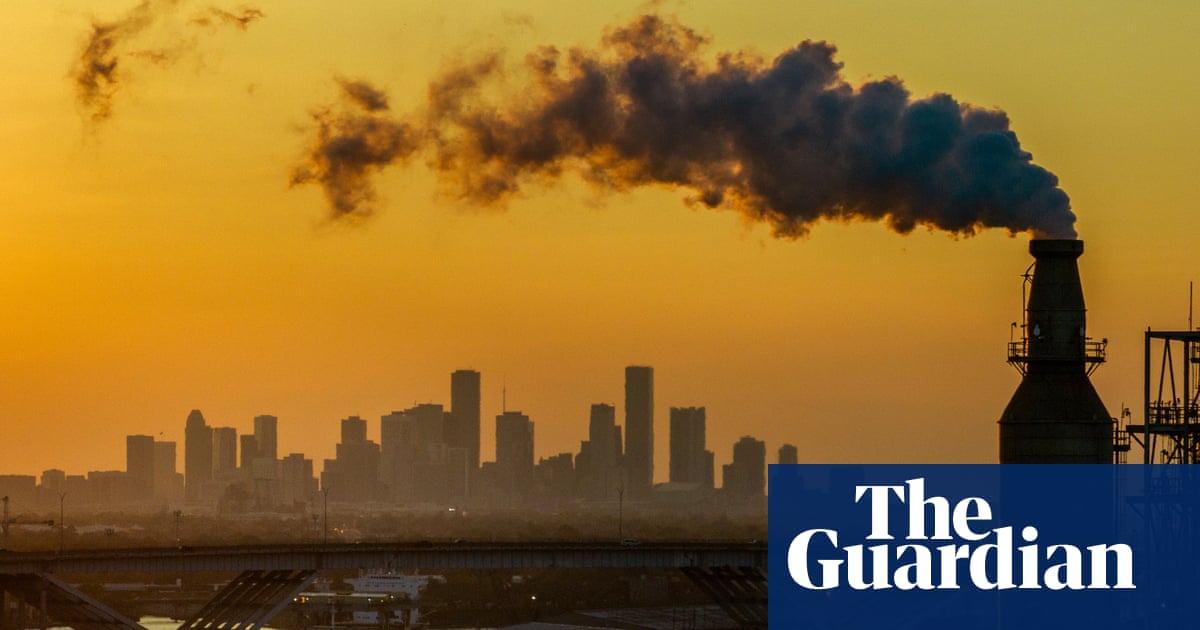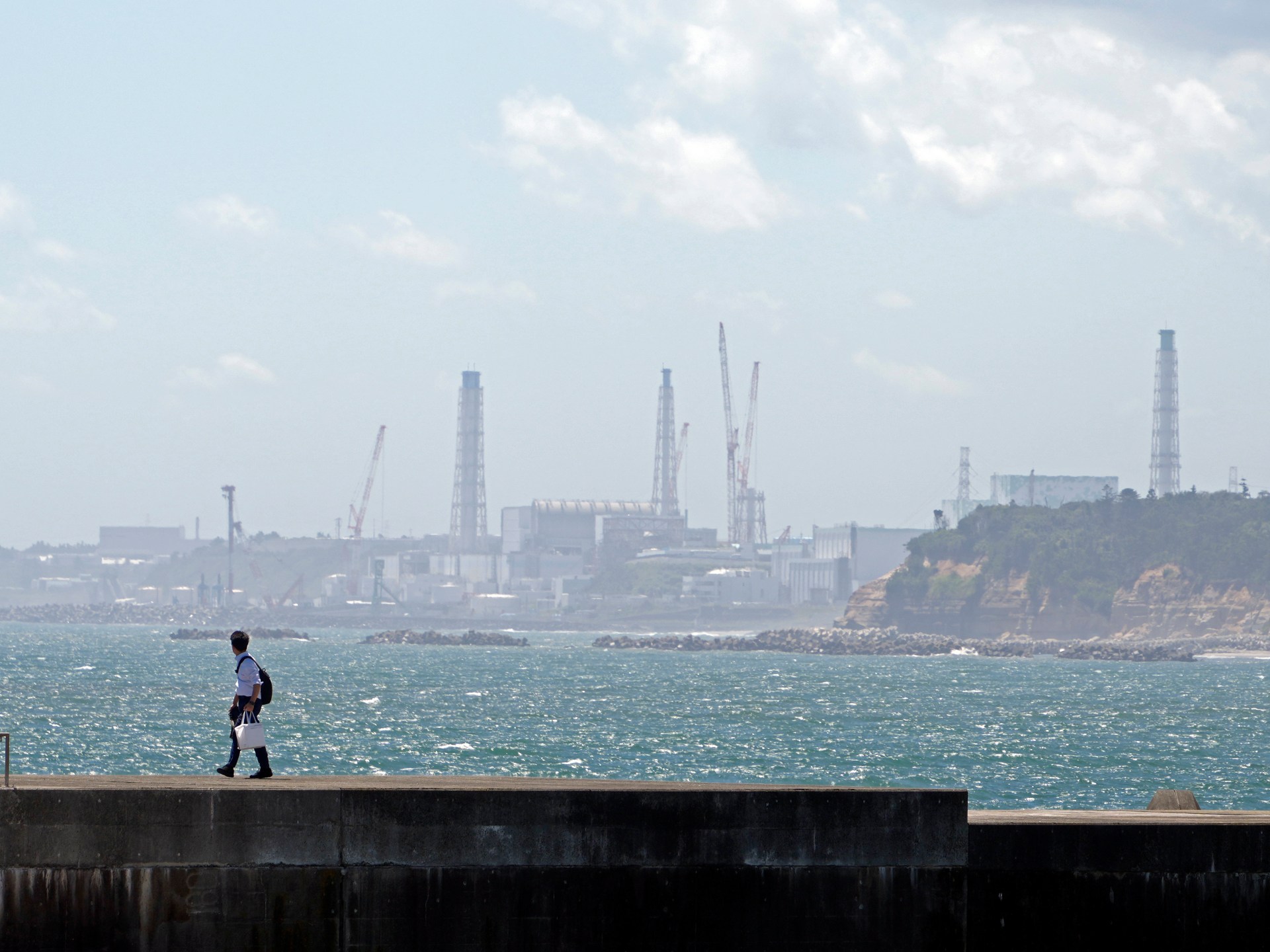mspohr
Well-Known Member

AOC and Sanders aim to place public housing at center of Green New Deal
Proposal aims to decarbonize all of nation’s public housing units, with an investment of between $162bn and $234bn over next decade
With a sweeping legislative proposal, Representative Alexandria Ocasio-Cortez and Senator Bernie Sanders are attempting to place public housing at the center of the green energy transition, tackling the twin crises of global warming and soaring housing costs. “Public housing should be the gold standard for affordable, environmentally friendly, and safe communities,” Ocasio-Cortez said in an email. “This bill is how we ensure that.”
The Green New Deal for Public Housing aims to decarbonize all of the nation’s public housing units – and build more of them – with an investment of between $162bn and $234bn over the next decade. In doing so, it would avert 5.7m tons of greenhouse gas emissions, the equivalent of removing 1.26m cars from US roads each year, while creating jobs and public health benefits
Instead of allowing the nation’s public housing stock to wither away, the bill seeks to transform it. Units would not only be repaired and freed of contaminants like lead and mold, but also made efficient and green.










